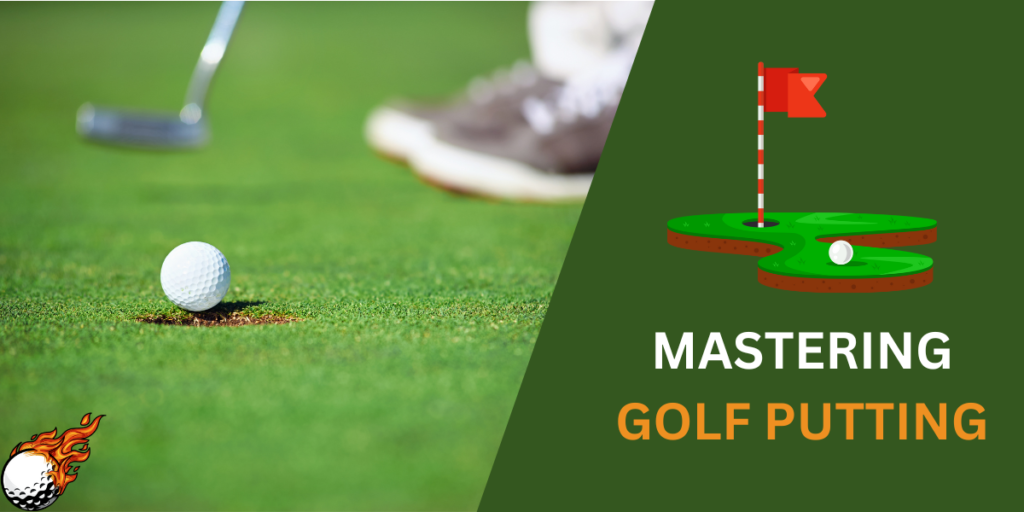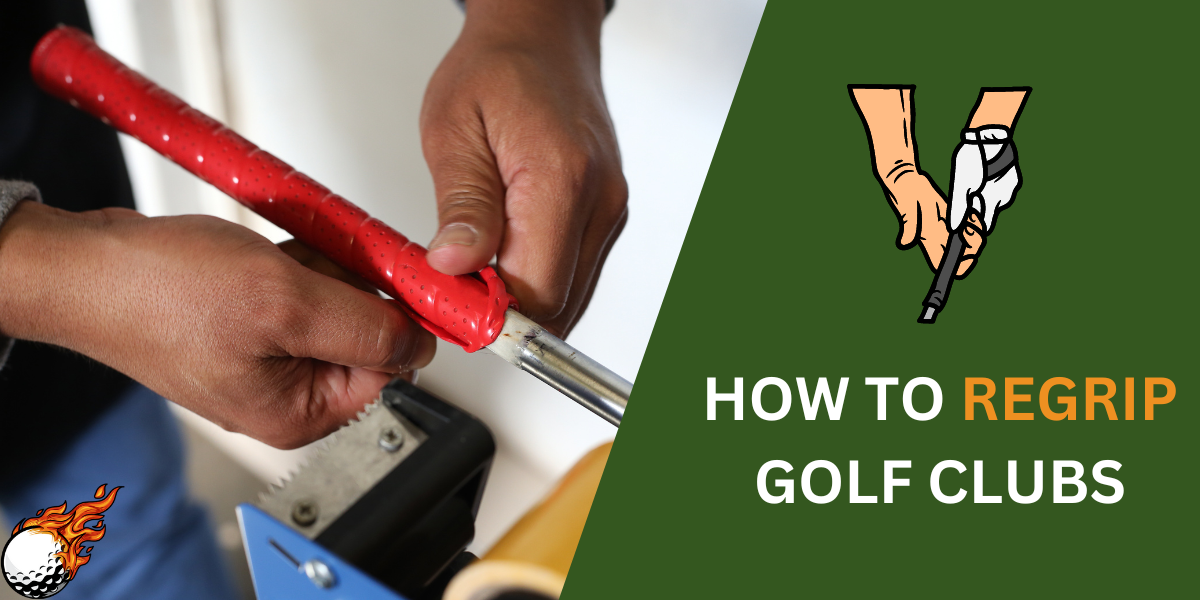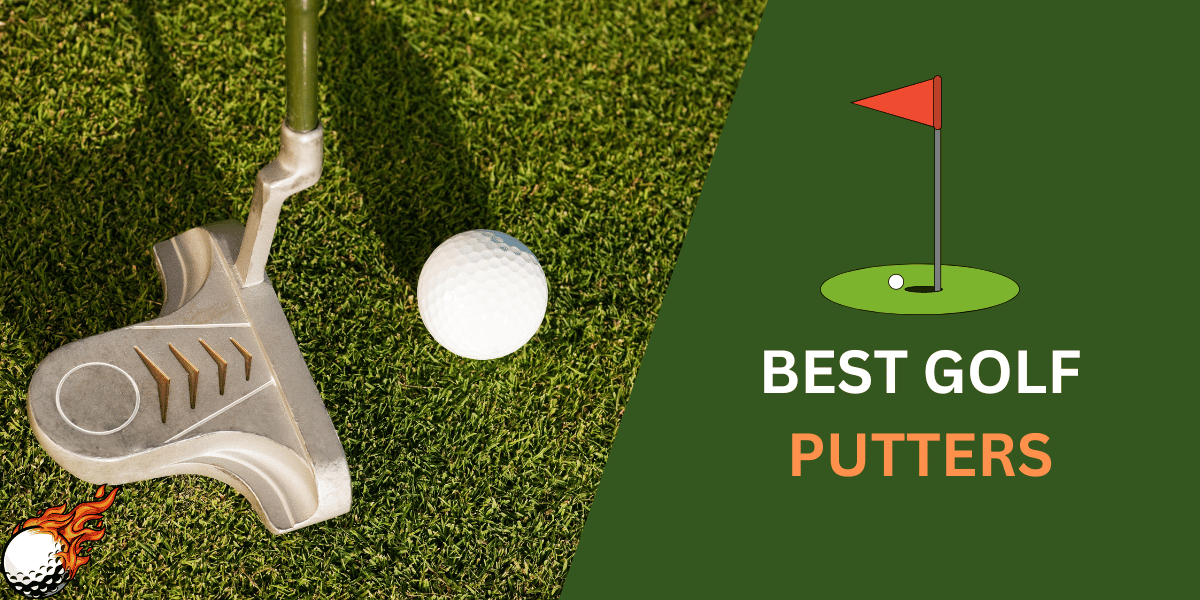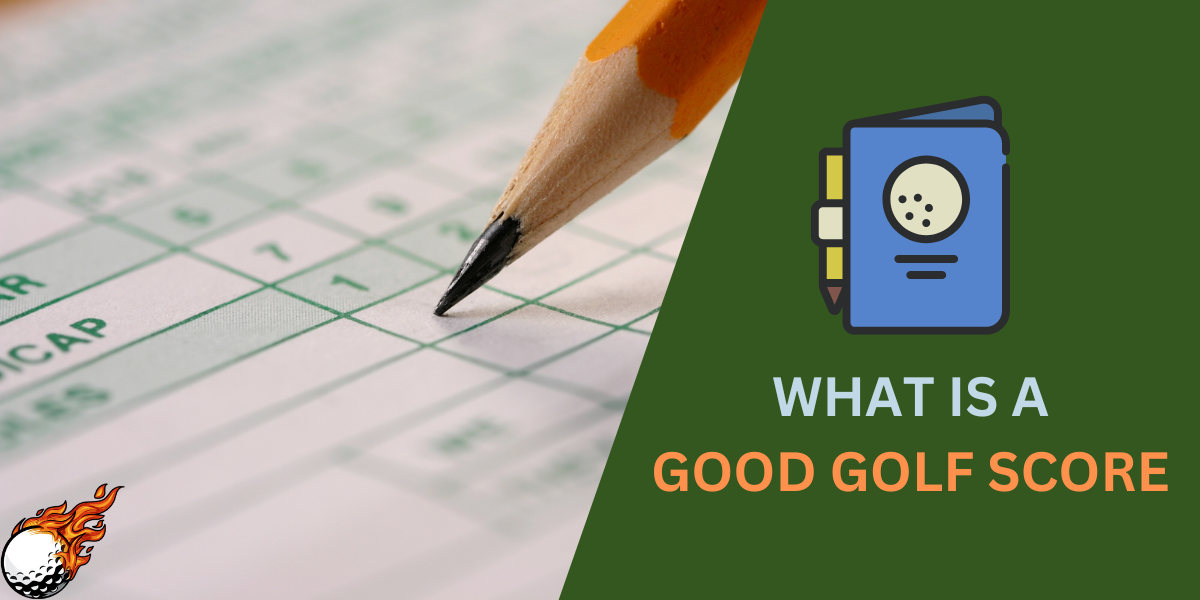
Golf putting, the critical final step in sealing a hole, requires precision, patience, and practice. It’s where games are won or lost, and scores can dramatically improve or plummet. As we enter 2024, mastering the art of putting is more vital than ever.
Whether you’re a seasoned golfer or a newcomer eager to reduce your handicap, understanding the intricacies of putting is crucial. This article dives deep into the world of golf putting, offering essential tips to refine your technique, choose the right equipment, and foster the mental toughness needed to excel on the green.
Refining Your Technique

Understanding the Basics
Grip and Stance: Your grip is your direct link to your putter and, ultimately, to the golf ball. Experiment with grips like the reverse overlap or cross-handed to find what best suits your stroke. Your stance and posture are pivotal in aligning your body and eyes with the target line. A slight knee bend and a straight back can significantly improve your putting stroke.
The Stroke: A smooth, consistent putting stroke is foundational. Some golfers prefer a straight-through stroke, where the putter head moves directly along the target line. Others opt for an arc stroke, where the putter head slightly opens and closes, following a gentle arc. The key is consistency and comfort that matches your style of play.
Advanced Techniques
Speed Control and Green Reading: Mastering speed control allows you to judge how much power to put behind each stroke, considering the distance and the green’s conditions. Reading the green involves understanding the grain, slope, and speed to predict how the ball will move. This skill becomes more nuanced with experience but is critical for making those challenging long putts and avoiding frustrating short putts.
Drills for Practice: Regular practice with specific drills can dramatically improve your putting. To build muscle memory and confidence, try drills that focus on maintaining a stable head position, controlling the distance, and hitting straight putts.

Choosing the Right Equipment
The Putter
Choosing among the best putters can be daunting. Factors to consider include the putter’s head design (blade vs. mallet), length, and weight. The right putter should feel like an arm extension and naturally fit your stroke style.

Golf Balls
Not all golf balls are created equal, especially in putting. The best golf balls for putting offer a balance between softness for feel and firmness for control. Experiment with different balls to find one that complements your putting style and delivers the performance you need on the greens.

Practice Makes Perfect
Creating a Practice Schedule
Practicing your putting is about quality, not just quantity. Set aside weekly times to focus solely on your putting, varying your practice between greens and distances. This dedicated practice time is crucial for improving your feel and confidence.
Effective Drills
Incorporate a mix of drills into your practice sessions to work on different aspects of your putting. From short putt drills designed to build accuracy and confidence to longer distance drills that challenge your speed control and green reading, each serves to refine a crucial component of your putting game.
Mastering the Mental Game
Putting is as much a mental challenge as it is a physical one. Developing a strong mental game is about building confidence, focusing your mind, and staying positive, especially after a missed putt. Visualization techniques and a consistent pre-putt routine can help you stay calm and focused, turning the pressure into an opportunity to shine.

Keeping Up with Trends
Golf and its technology are constantly evolving. Stay informed about the latest in putter design, cutting-edge training aids, and novel practice techniques. Embracing these advancements can offer new insights and methods to improve your putting.
Conclusion
Putting is a unique blend of art and science, demanding technical skill and mental fortitude. By focusing on your technique, choosing the right equipment, committing to practice, fostering a solid mental game, and staying abreast of the latest trends, you’re setting yourself up for success on the greens in 2024 and beyond.

Remember, the journey to mastering golf putting is continuous, but with dedication and the right approach, the rewards are significant and satisfying. Welcome to a year where your putting can transform your game and bring you closer to the scores you’ve been aiming for.
Frequently Asked Questions
How can I improve my accuracy on short putts?
Improving accuracy on short putts starts with a consistent setup and practice routine. Ensure your eyes are directly over the ball to align your putt correctly. Keep your body and shoulders steady, using only your arms and shoulders to swing the putter. Practice with a focus on keeping the putter face square at impact for a straight roll.
What’s the best way to read a green before a putt?
Reading a green effectively involves observing the overall slope and grain direction, which will influence the ball’s path. Start by walking around your putt and viewing it from different angles. Look for any signs of elevation changes or subtle breaks. A good practice is crouching behind the ball at eye level to get a better read on the line to the hole.
How do golfers measure the distance for a putt?
Golfers often use visual markers on the green, like a club’s length, to estimate distances. They also gain a sense of distance through practice and experience, developing an internal feel for how hard it is to hit the ball based on the putt’s length. Feedback from practice putts of varying distances is crucial for refining this skill.
Why is it important to keep your feet still during a putt?
Keeping your feet still during a putt ensures stability and balance, essential for a consistent stroke. Movement in your feet or lower body can cause unnecessary adjustments in your swing path or the alignment of the putt, leading to inaccuracies. A solid stance with minimal lower body movement helps deliver a smooth, straight putt.
How can beginners get started with improving their putting?
Beginners can start improving their putting by focusing on the basics: grip, stance, and stroke. Practicing with purpose, such as working on maintaining a consistent stroke and building confidence on short putts, is critical. Seeking instruction from a professional can also provide valuable feedback and accelerate the learning process. Remember, putting is a game of precision and patience—regular practice is essential.













